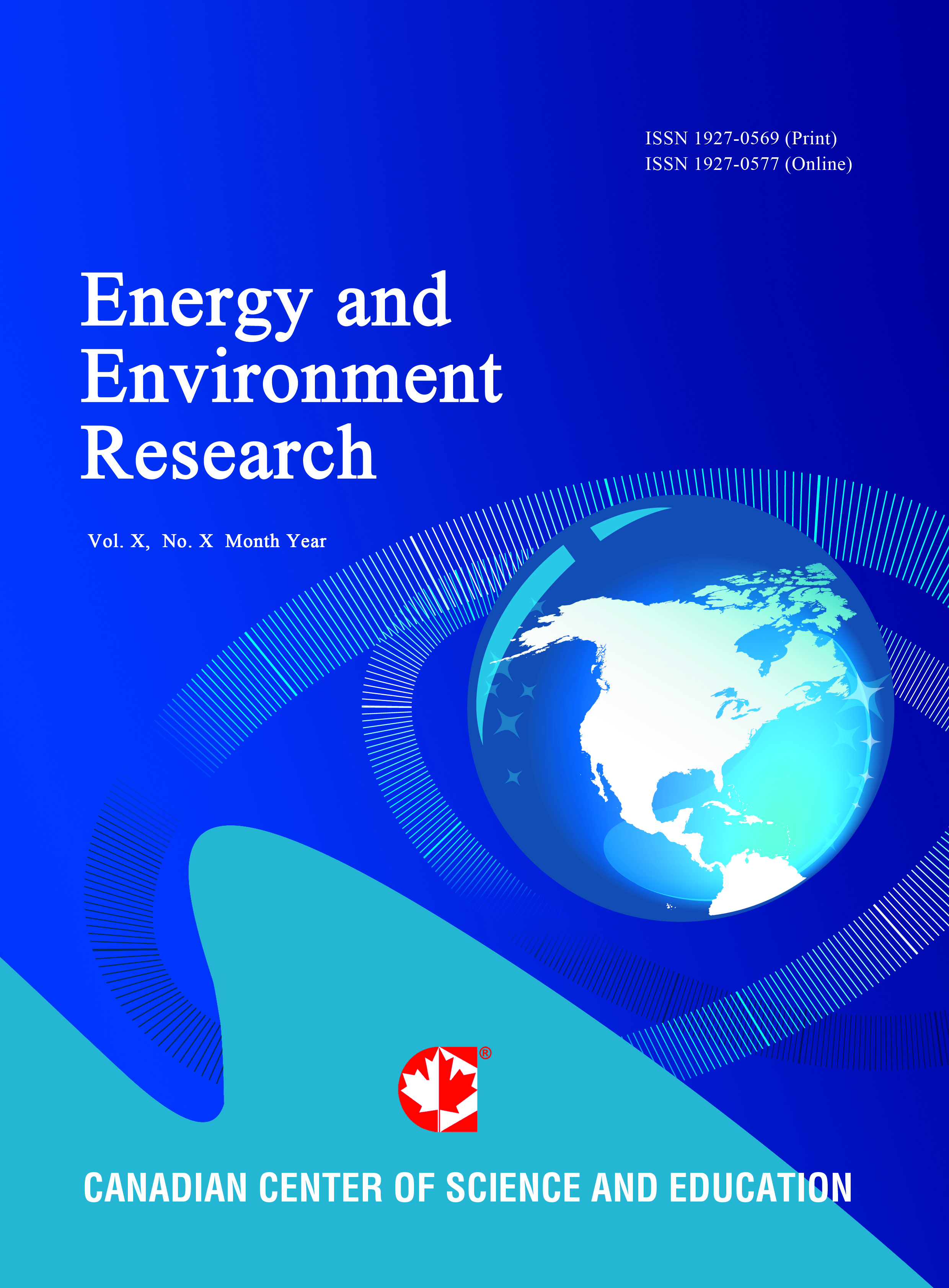On the Integrated Usage of Atomic and Nuclear Approaches for Detecting Potentially Hazardous Elements
- Ashraf Elkady
- Walaa Abdel-Aziz
- Ibrahim Bashter
Abstract
In this work, we report on the usage of different atomic and nuclear approaches for detecting hazardous elements in some commercially available eye cosmetics. Recent studies showed that some eye cosmetics (e.g. eye-liners like kohl) might have hazardous and toxic elements in its elemental composition, which would harmfully impact on the environment and health of its users. In order to obtain accurate information on the elemental content of some natural and synthetic eye-liners that are commercially available in the Egyptian markets and pharmacies, we have applied Energy Dispersive X-ray (EDX), Atomic Absorption Mass Spectroscopy (AA-MS), Elemental Analyzer (EA), and Neutron Activation Analysis (NAA). Heavy and toxic elements, as well as short and long lived radionuclides concentration values were identified in the studied samples. The results indicate that among the three studied samples, the highest lead containing sample is the natural unprocessed one of African source; while the most abundant element in the synthetic samples made in France and USA is Carbon. The present study raises a concern about the medical and environmental implications of using eye-liners, and emphasizes the vital role played by atomic and nuclear approaches in detecting hazardous elements in such commercially available products.
- Full Text:
 PDF
PDF
- DOI:10.5539/eer.v3n2p224
Journal Metrics
(The data was calculated based on Google Scholar Citations)
h-index (July 2022): 19
i10-index (July 2022): 53
h5-index (July 2022): N/A
h5-median(July 2022): N/A
Index
- BASE (Bielefeld Academic Search Engine)
- CiteFactor
- CNKI Scholar
- Elektronische Zeitschriftenbibliothek (EZB)
- Excellence in Research for Australia (ERA)
- Genamics JournalSeek
- Google Scholar
- NewJour
- Norwegian Centre for Research Data (NSD)
- PKP Open Archives Harvester
- Publons
- ROAD
- SHERPA/RoMEO
- Standard Periodical Directory
- Ulrich's
- Universe Digital Library
- WorldCat
Contact
- Lesley LuoEditorial Assistant
- eer@ccsenet.org
